Download our brochure
Receive our brochure and pricelist immediately
%20(1).png)
Receive our brochure and pricelist immediately
%20(1).png)
%20(1).png)
Optimize batteries, charging stations, solar installations, heatpumps, on/off load.
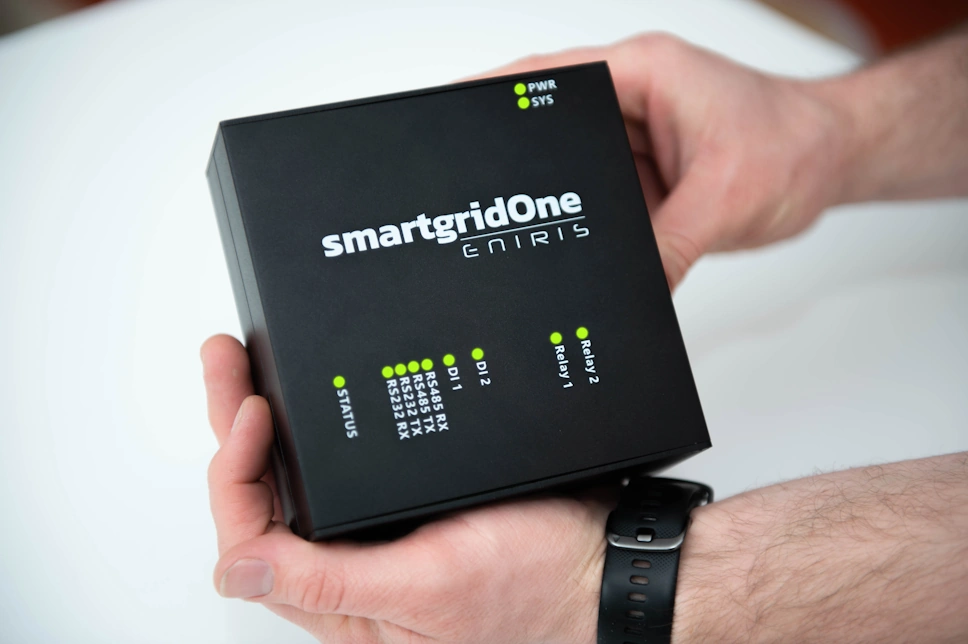
In this podcast we discuss the commissioning interface smartgridOne controller.
🔗

It takes dynamic energy prices into account and enables self-consumption optimization, load balancing, and peak shaving—allowing customers to automatically maximize savings.




According to a jury consisting of Robin Quax (TKI Urban Energy), Minne de Jong (TNO), and Edwin van Gastel (Storage Magazine)

We comply with CE regulations regarding EMC, EMI, and ESD
Founded in 2018, Eniris developed the SmartgridX platform for managing various energy assets. Building on this, Eniris BMS was developed to monitor buildings and their energy flows. In 2020, Eniris launched SmartgridOne, an advanced energy management system.
With our Belgian-made EMS, we offer the most versatile energy management system on the market.
SmartgridOne leads the market with the most integrations available! Explore the full list here 🔗

.png)
.png)
.png)
.png)
.png)
.png)
.png)
%20(1).png)
%20(1).png)
.png)
.png)

.png)
.png)
.png)
.png)
.png)
.png)
.png)
%20(1).png)
%20(1).png)
.png)
.png)

.png)
.png)
.png)
.png)
.png)
.png)
.png)
%20(1).png)
%20(1).png)
.png)
.png)

.png)
.png)
.png)
.png)
.png)
.png)
.png)
%20(1).png)
%20(1).png)
.png)
.png)
.png)
.png)
.png)
.png)
.png)
.png)
.png)
.png)
.png)
%20(1).png)
.png)
.png)
.png)
.png)
.png)
.png)
.png)
.png)
.png)
%20(1).png)
.png)
.png)
.png)
.png)
.png)
.png)
.png)
.png)
.png)
%20(1).png)
.png)
.png)
.png)
.png)
.png)
.png)
.png)
.png)
.png)
%20(1).png)
.png)
.png)
.png)
%20(1).png)

.png)

.png)
.png)
.png)
.png)
%20(1).png)
.png)
.png)
.png)
.png)
.png)
.png)
.png)
.png)
.png)
.png)
.png)
%20(1).png)

.png)

.png)
.png)
.png)
.png)
%20(1).png)
.png)
.png)
.png)
.png)
.png)
.png)
.png)
.png)
.png)
.png)
.png)
%20(1).png)

.png)

.png)
.png)
.png)
.png)
%20(1).png)
.png)
.png)
.png)
.png)
.png)
.png)
.png)
.png)
.png)
.png)
.png)
%20(1).png)

.png)

.png)
.png)
.png)
.png)
%20(1).png)
.png)
.png)
.png)
.png)
.png)
.png)
.png)
.png)
.png)
.png)
.png)
.png)
.png)
.png)


%20(1).png)
%20(1).png)

.png)
.png)
.png)
.png)
.png)
.png)


%20(1).png)
%20(1).png)

.png)
.png)
.png)
.png)
.png)
.png)


%20(1).png)
%20(1).png)

.png)
.png)
.png)
.png)
.png)
.png)


%20(1).png)
%20(1).png)

We do not compete with installers or distributors by selling directly to end customers. Instead, we sell exclusively to installers or distributors, who are then free to offer the SmartgridOne to the end customer through their own business model.
.png)
Your logo can be placed both on the device and within the app and portal.
A reliable Energy Management System achieves optimal performance and faster decision-making when operating locally.
.png)
Using smartgridX, you can aggregate all installations into a single Virtual Power Plant (VPP), enabling optimized energy management and market participation
Grid Protection, Peak Shaving, Curtailment, Optimization of Self Consumption, Load Balancing, Zero Export
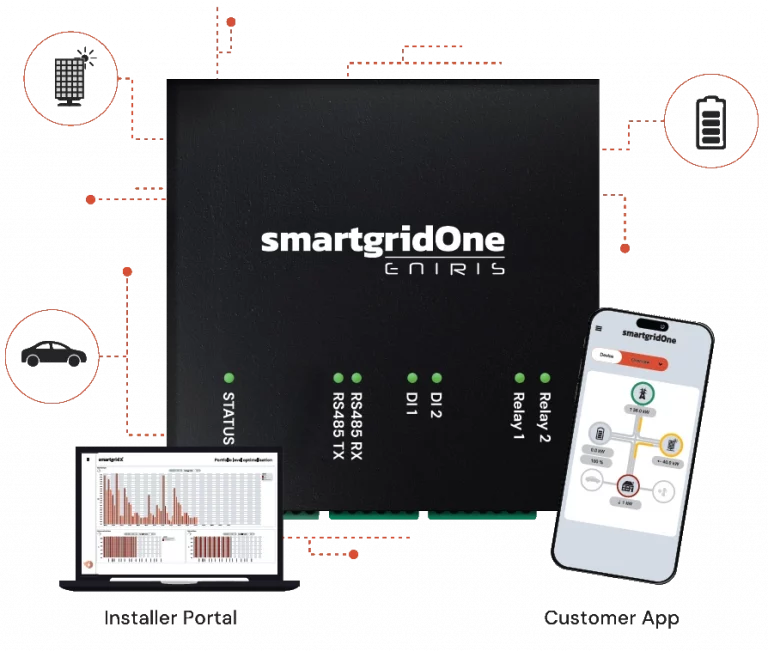
Day-ahead arbitrage, imbalance, ancillary market
The SmartgridOne will utilize the connected devices as efficiently as possible to aim to ensure that the configured limits are not exceeded.
Available both through the app and the overarching smartgridX portal.
Control multiple (battery) inverters, charging stations, heatpumps, boilers and on/off loads simultaneously.
We do not compete with installers or distributors by selling directly to end customers. Instead, we sell exclusively to installers or distributors, who are then free to offer the SmartgridOne to the end customer through their own business model.
.png)
Your logo can be placed within the app and portal.
.png)
Using smartgridX, you can aggregate all installations into a single Virtual Power Plant (VPP), enabling optimized energy management and market participation
%20(1).png)
Day-ahead arbitrage, imbalance, ancillary market
.png)
Grid Protection, Peak Shaving, Curtailment, Optimization of Self Consumption, Load Balancing, Zero Export
Available both through the app and the overarching smartgridX portal.
.png)
A unified energy flow diagram that brings together all connected devices.
Easily modify energy rates or set up a custom charging schedule for your EV.
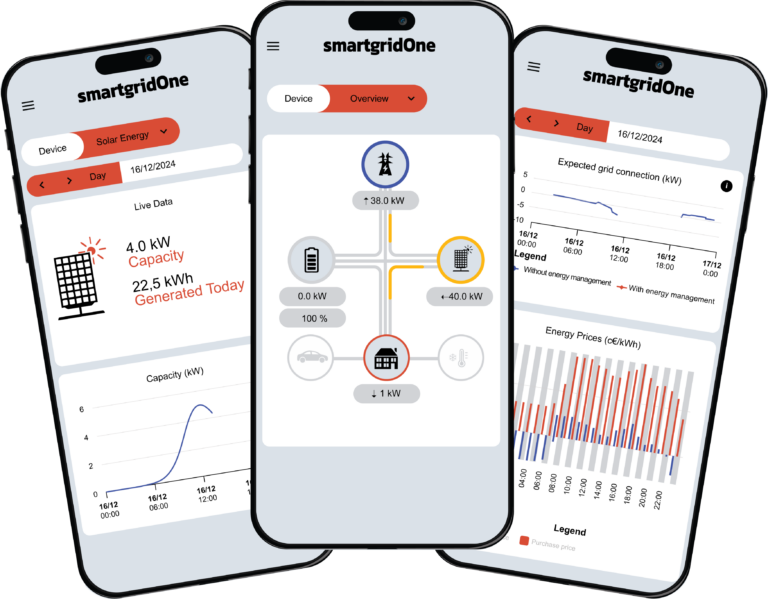
Get real-time insights into the energy market.
Access your historical data or explore the predicted performance of your installation.






.png)



.png)




.png)


.png)


.png)








Eniris and Companion.energy combine portfolio optimization and asset control to reduce costs and manage risks in a volatile energy market.
.png)
Fusebox operates across several European countries, including Germany, France, Belgium, Estonia, Latvia, Lithuania, Finland, and Sweden.

AOX Trade operates in Estonia, Latvia, and Lithuania, offering access to ancillary markets.
.png)
We provide full support for the H1, H3-XX-E, H3-Smart, H3-Pro, H1-G2, and Gmax, granting them access to various energy markets.
.png)
Sunwoda Energy is a global leader in battery manufacturing, ranked Top 10 worldwide and Top 4 in the EU for BESS installations. Their residential, commercial, and utility-scale battery systems are now fully compatible with the smartgridOne, enabling seamless integration, smart control, and real-time monitoring across all energy applications.

Now fully compatible with smartgridOne, AlphaESS solutions can be seamlessly integrated across diverse energy markets.
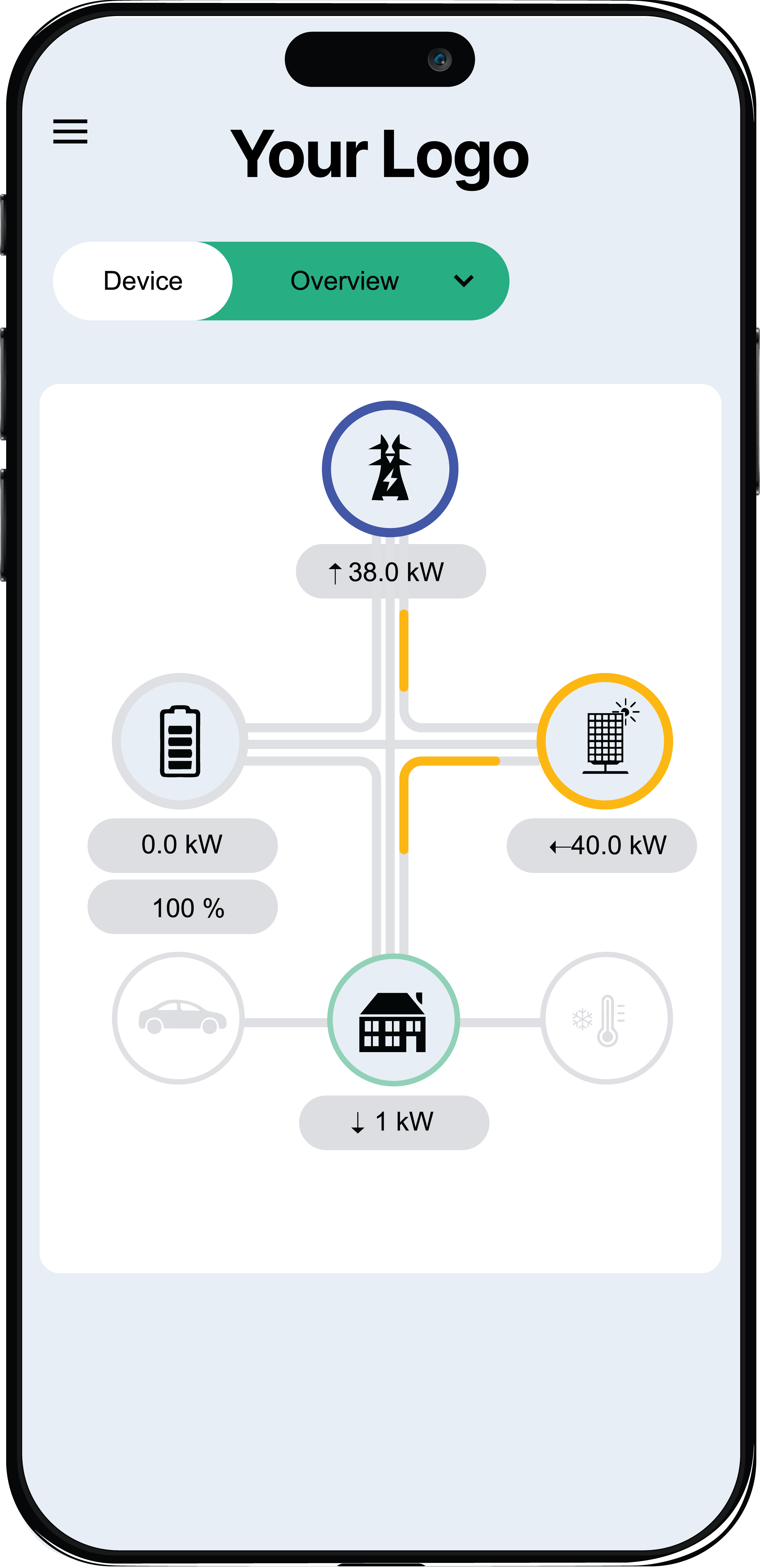
Strengthen your brand by releasing your own app. In the background you use our app with all the looks and feels of your brand.
View real-time energy flows and data, or review historical data.
Personalize the device with your logo engraved on its sleek metal housing
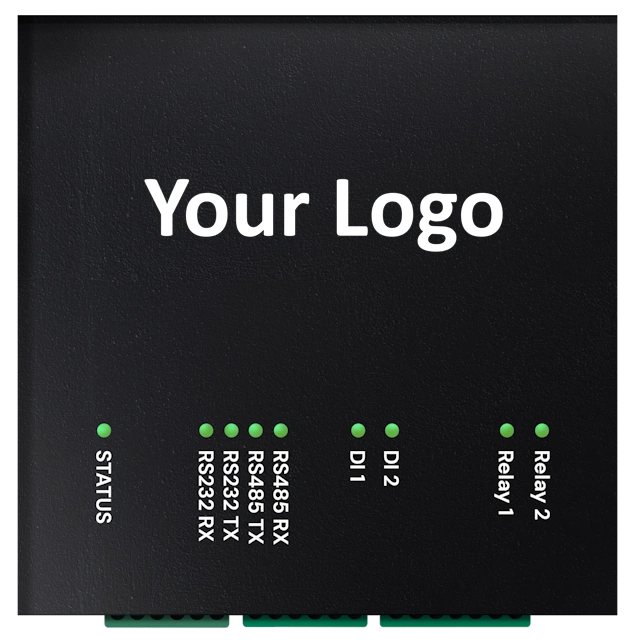
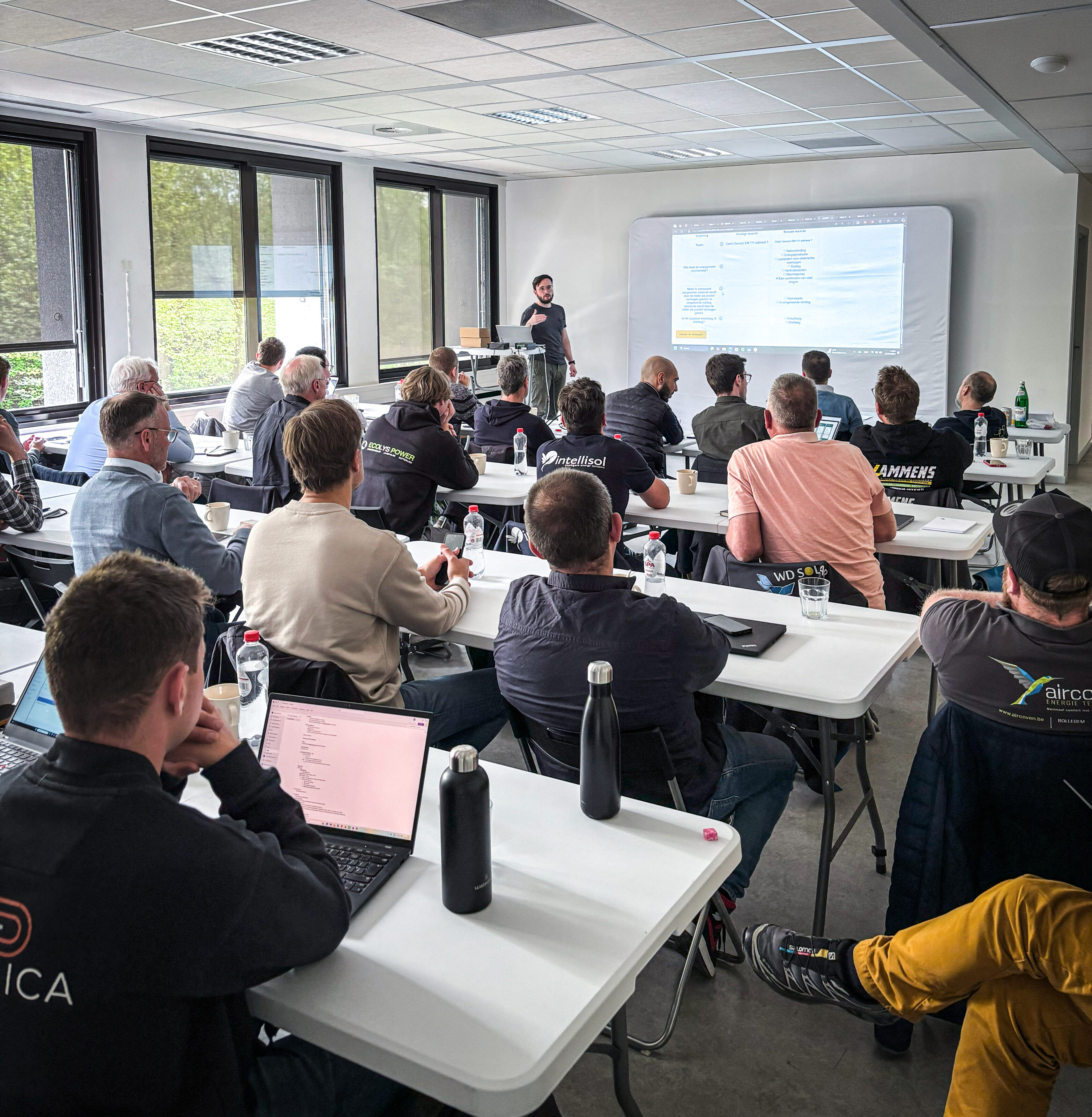

Monitored Installations
Training Sessions Across Europe
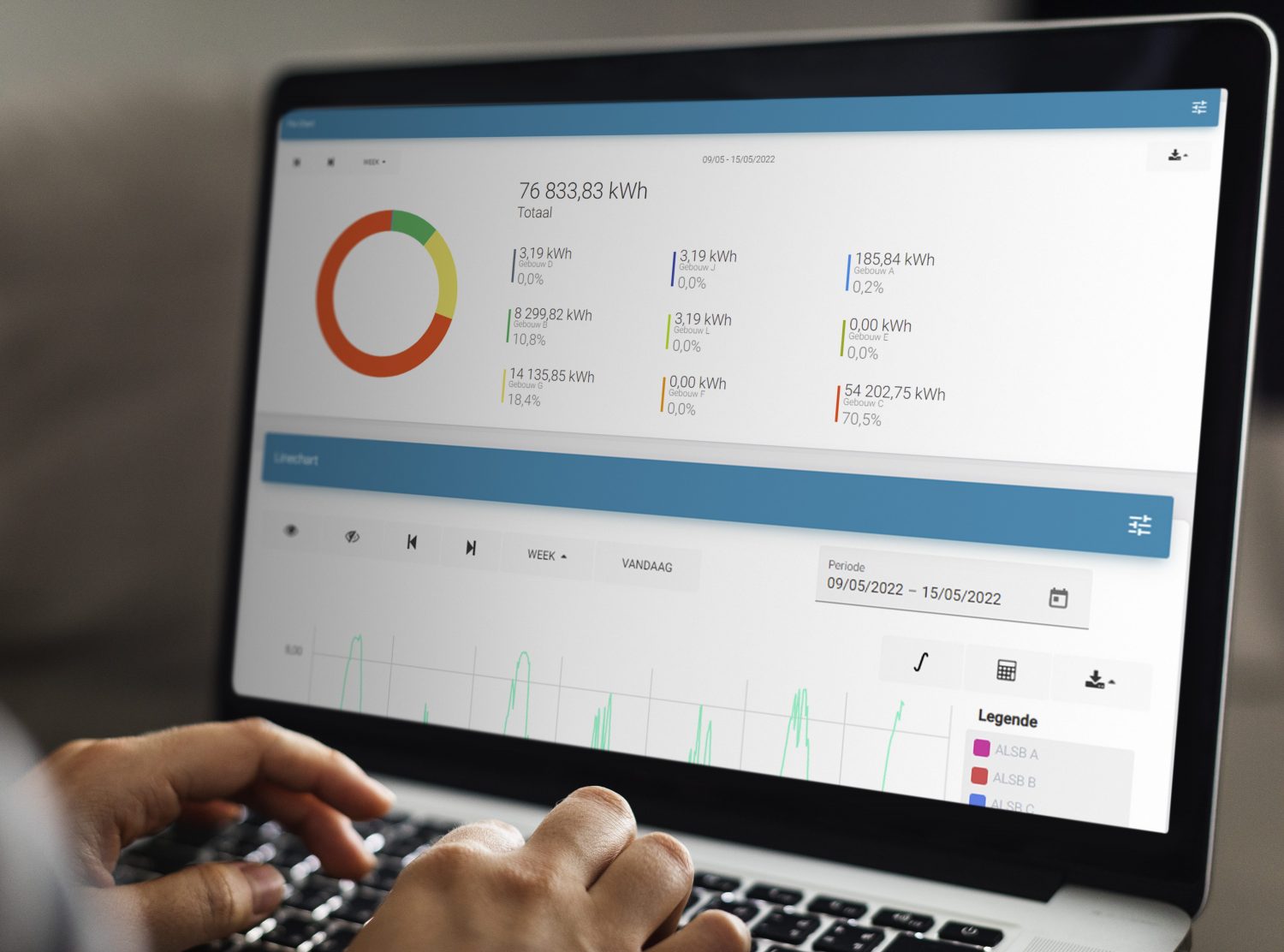
From your local imbalance market and FCR market to regional regulations, SmartgridOne has extensive experience in these areas.
Sign up for our training sessions or join our online webinars 🔗

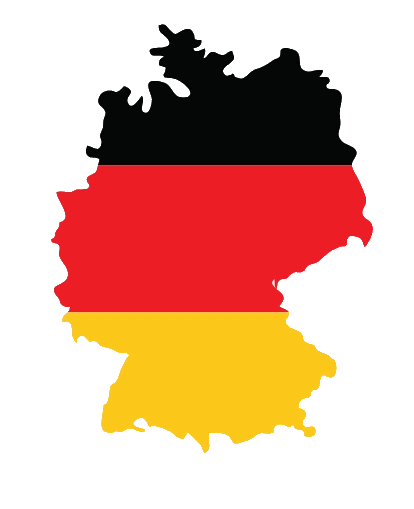
We have added new BRPs, battery arbitrage functionality, and support for Virtual Power Plants (VPPs).

We have added new BRPs, battery arbitrage functionality, and support for Virtual Power Plants (VPPs)
.webp)
We have added new BRPs, battery arbitrage functionality, and support for Virtual Power Plants (VPPs)

We have added new BRPs, battery arbitrage functionality, and support for Virtual Power Plants (VPPs)
.webp)
We have added new BRPs, battery arbitrage functionality, and support for Virtual Power Plants (VPPs)
.webp)
We have added new BRPs, battery arbitrage functionality, and support for Virtual Power Plants (VPPs)
.webp)
We have added new BRPs, battery arbitrage functionality, and support for Virtual Power Plants (VPPs)

We have added new BRPs, battery arbitrage functionality, and support for Virtual Power Plants (VPPs)
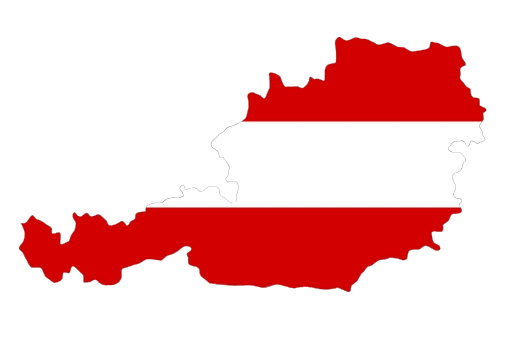
We have added new BRPs, battery arbitrage functionality, and support for Virtual Power Plants (VPPs)
.webp)
We have added new BRPs, battery arbitrage functionality, and support for Virtual Power Plants (VPPs)

We have added new BRPs, battery arbitrage functionality, and support for Virtual Power Plants (VPPs)

We have added new BRPs, battery arbitrage functionality, and support for Virtual Power Plants (VPPs)
.webp)
We have added new BRPs, battery arbitrage functionality, and support for Virtual Power Plants (VPPs)

We have added new BRPs, battery arbitrage functionality, and support for Virtual Power Plants (VPPs).

We have added new BRPs, battery arbitrage functionality, and support for Virtual Power Plants (VPPs).

We have added new BRPs, battery arbitrage functionality, and support for Virtual Power Plants (VPPs).

We have added new BRPs, battery arbitrage functionality, and support for Virtual Power Plants (VPPs).

We have added new BRPs, battery arbitrage functionality, and support for Virtual Power Plants (VPPs).

We have added new BRPs, battery arbitrage functionality, and support for Virtual Power Plants (VPPs).
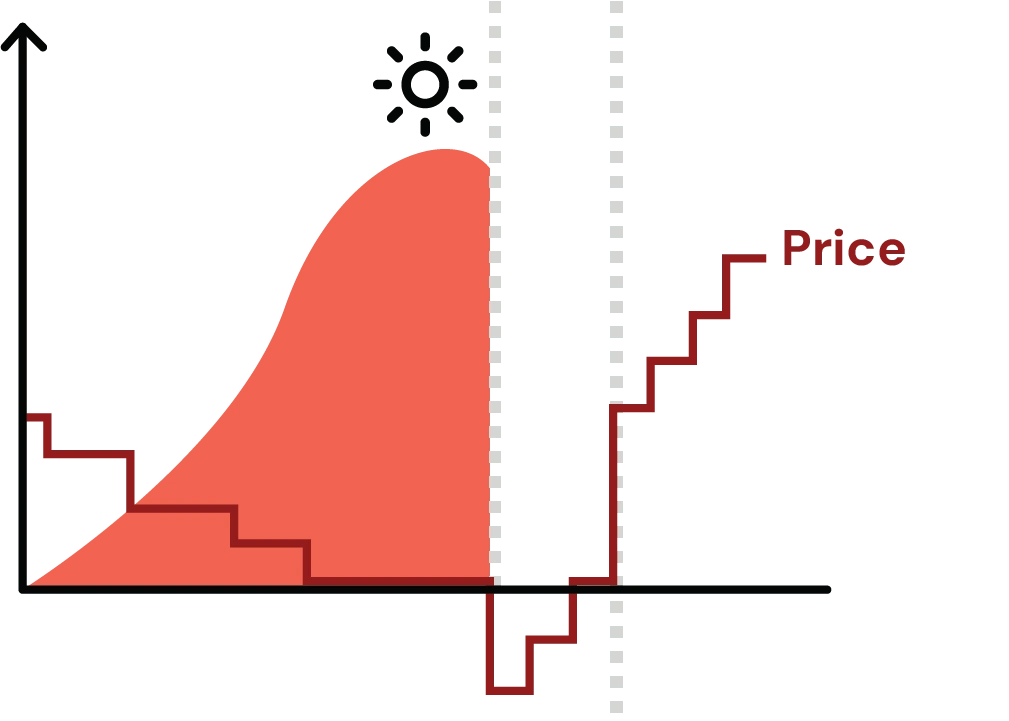
Limit the financial impact of exporting surplus solar energy to the public grid.


Limit the financial impact of exporting surplus solar energy to the public grid.

Do you have any questions about Eniris or are you interested in a collaboration? Would you like to schedule an online meeting right away? Feel free to contact us, we are happy to assist you.
If you experience any technical issues, please feel free to contact our support number after submitting a support ticket, so we have all the necessary information at hand. The phone line is available on weekdays from 9:00 AM to 12:00 PM and from 1:00 PM to 5:00 PM.
Do you have any questions about Eniris or are you interested in a collaboration? Would you like to schedule an online meeting right away? Feel free to contact us, we are happy to assist you.
If you experience any technical issues, please feel free to contact our support number after submitting a support ticket, so we have all the necessary information at hand. The phone line is available on weekdays from 9:00 AM to 12:00 PM and from 1:00 PM to 5:00 PM.